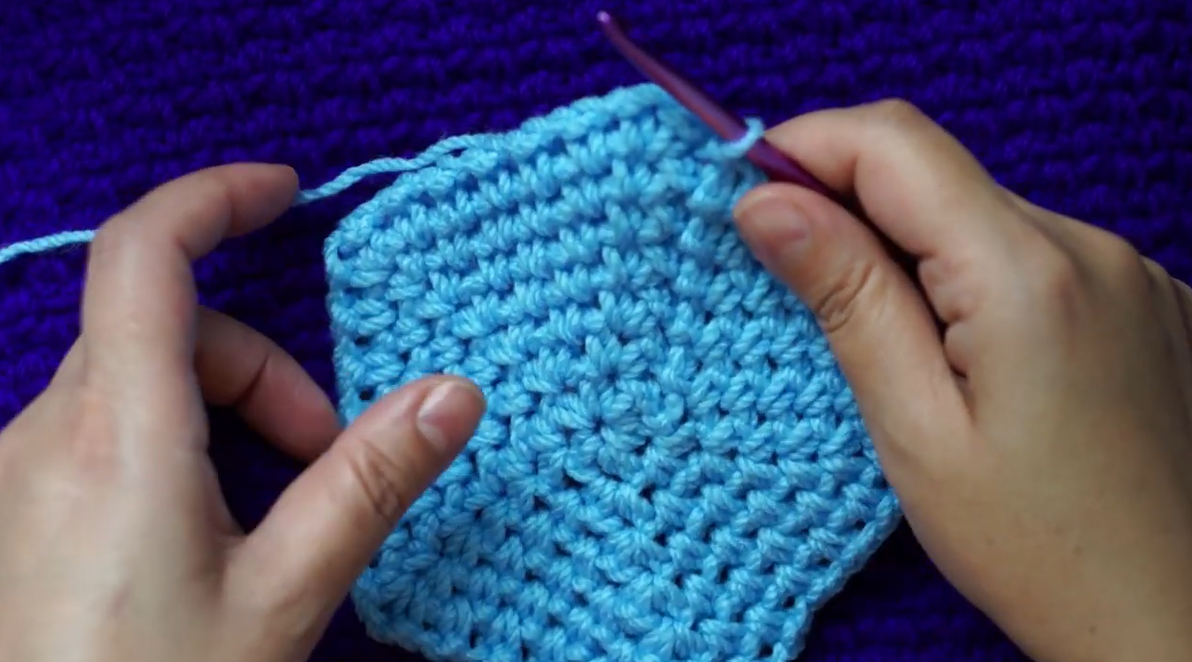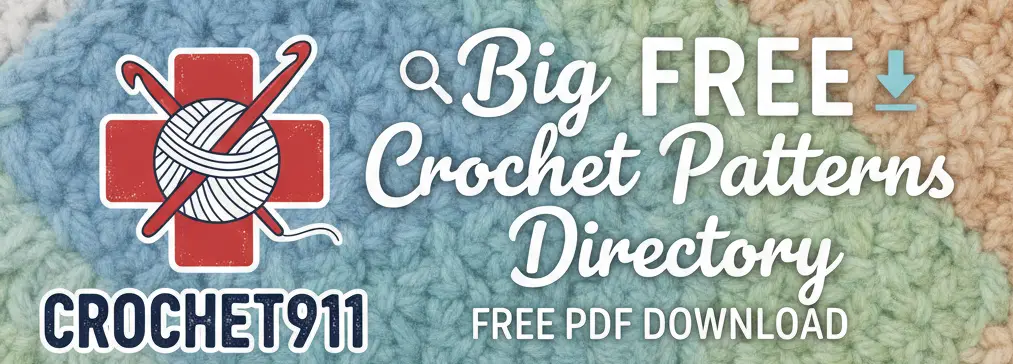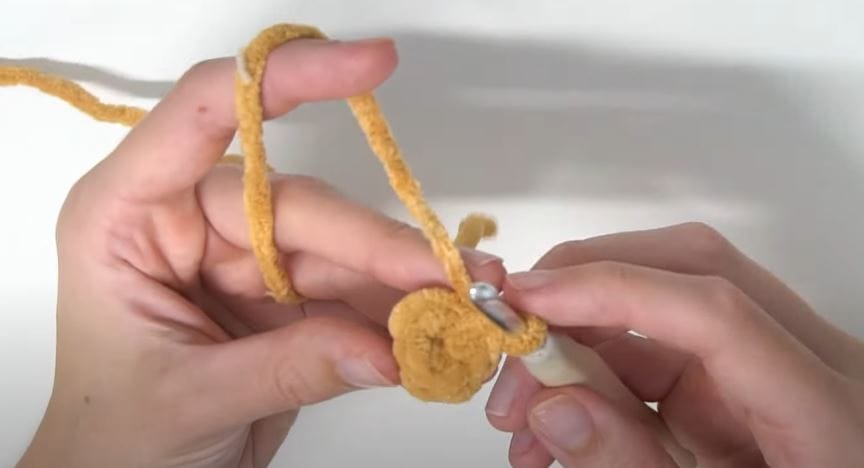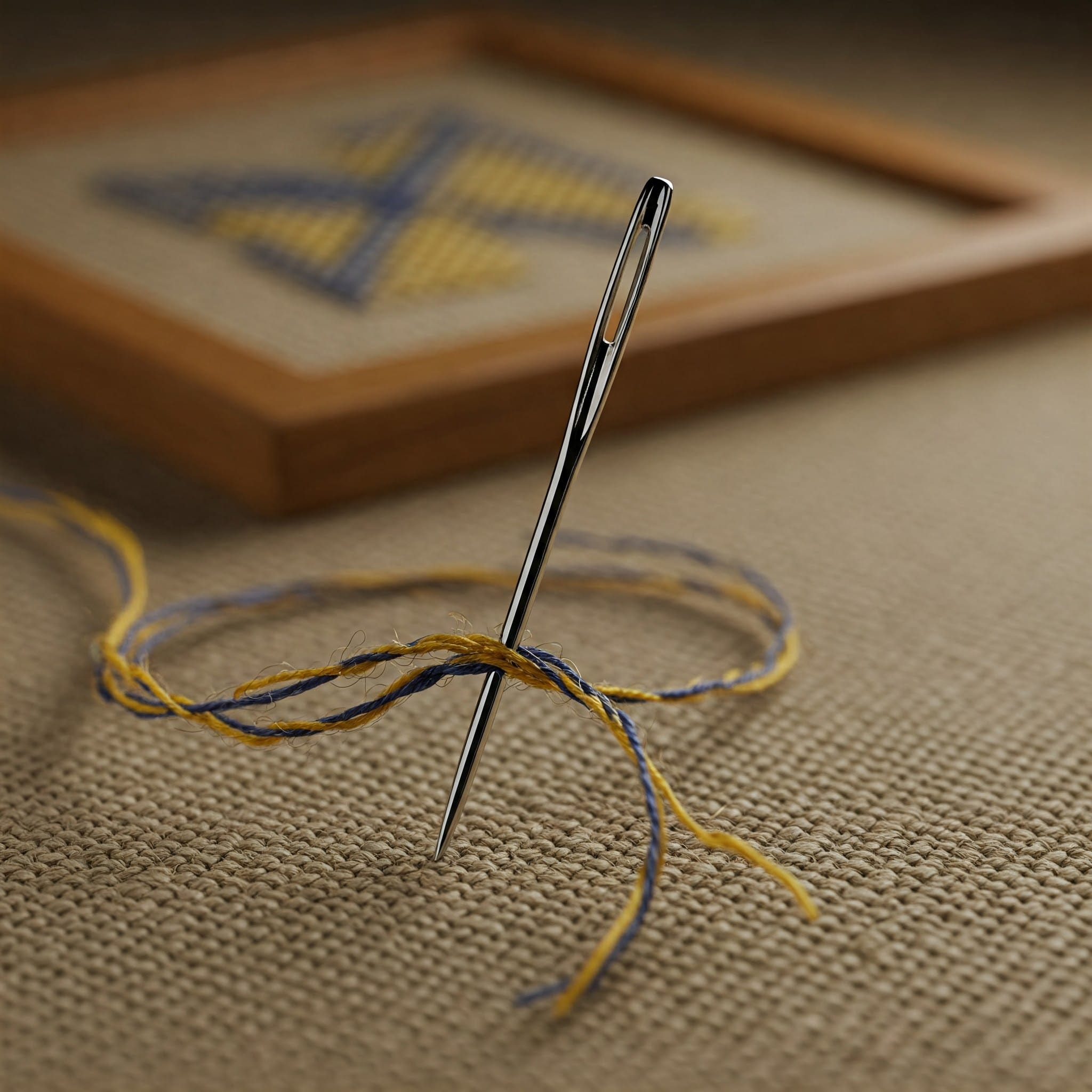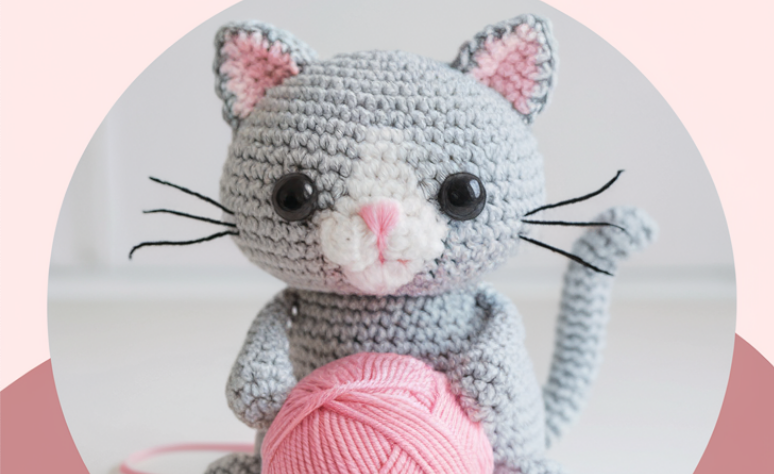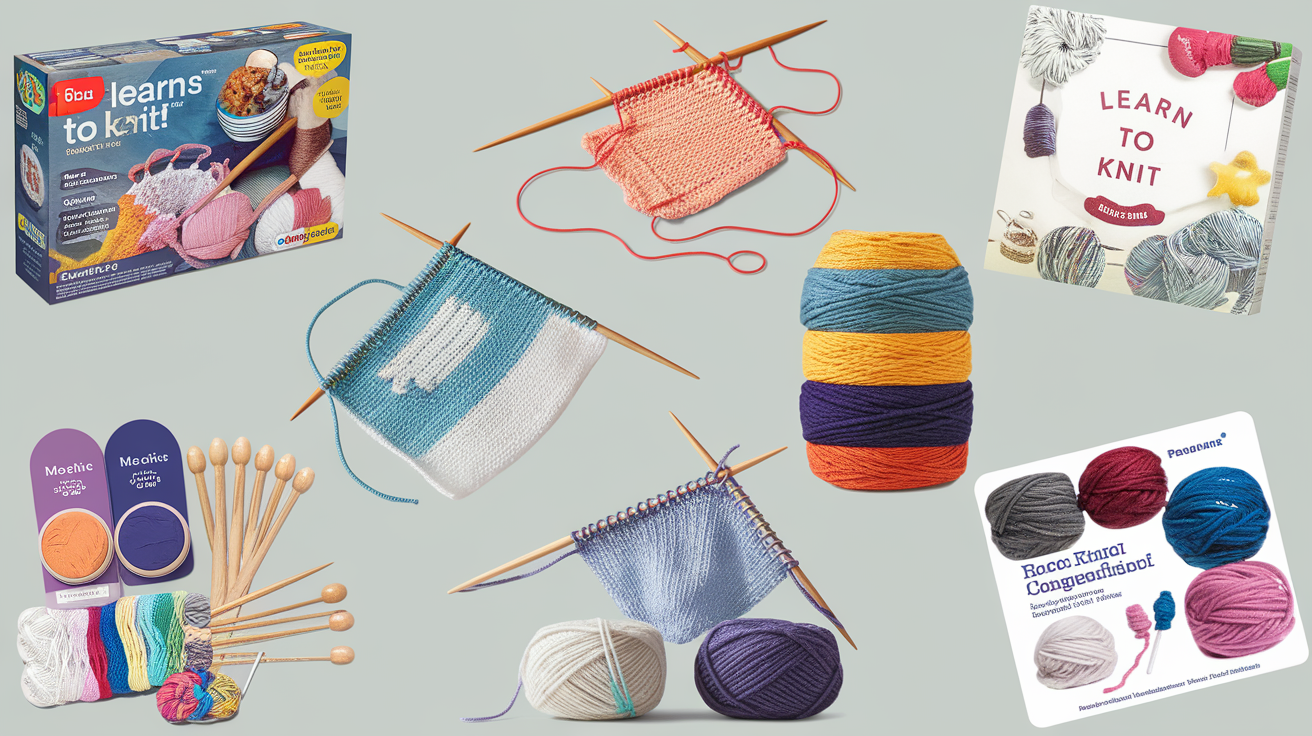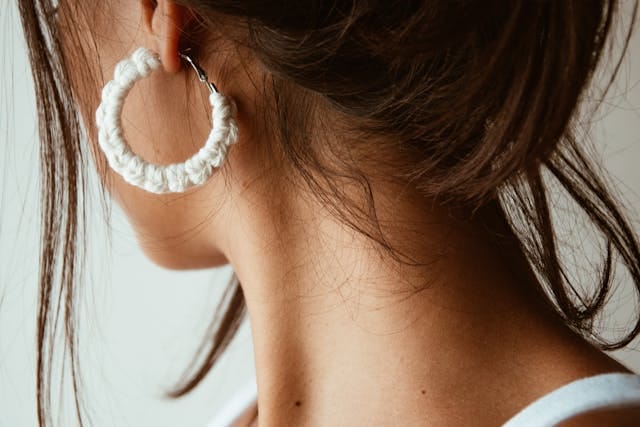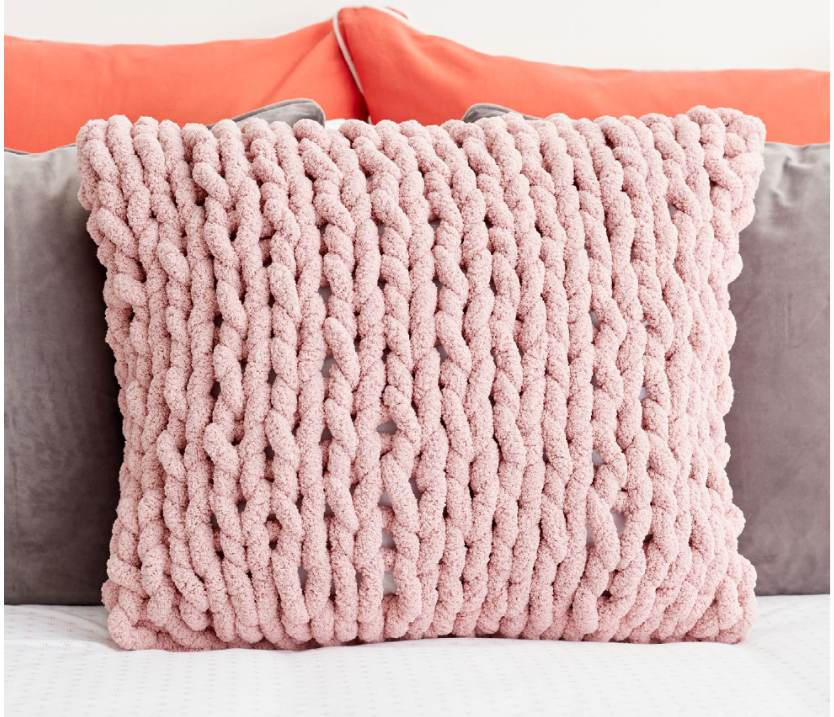How To Knit A Scarf – the easiest way for beginners 2025
Knitting is more than just a hobby; it’s a way to relax and create something beautiful with your own hands. Among the myriad of projects out there, a scarf is perfect for beginners. It’s a project that marries simplicity with endless potential for creativity. By the end of this guide, you’ll have all the skills needed to knit your very first scarf. so in this article, You will learn how to knit a scarf from zero to hero.
Essential Materials for Knitting a Scarf
Before diving in, let’s assemble the tools you’ll need. These are your essentials, the backbone of any successful knitting project.
Yarn Types for Scarves
Choosing the right yarn can make or break your knitting experience. For scarves, you’re looking at yarns that are soft and warm. Worsted weight yarn is a great choice for beginners. It’s easy to handle and versatile. Consider yarns made of natural fibers like wool or cotton for warmth and breathability. Plus, they’re forgiving, which is great when you’re just starting out.
Choosing the Right Needles
Knitting needles vary in size and material. For a beginner’s scarf, size 8 (5 mm) needles are a sweet spot. They provide a good balance for learning basic stitches. You can choose between metal, plastic, or bamboo needles. Metal needles are slick, allowing for quick knitting, while bamboo provides a grip that helps in controlling the yarn as you learn.
Additional Tools and Accessories
While your yarn and needles are the core of your toolkit, a few extra items can simplify the process. Stitch markers help keep track of your progress. A small pair of scissors is necessary for cutting yarn. And finally, a tape measure ensures your scarf reaches your desired length.
Basic Knitting Techniques for Beginners
With materials in hand, it’s time to learn the techniques that transform yarn into a scarf. These basic skills form the foundation of your knitting journey.
Casting On Stitches
Casting on is your first step. It’s how you get the yarn onto your needles to start knitting. Here’s a simple way to do it:
1. Make a Slip Knot: Loop the yarn and pull it through to create a knot, placing it on one needle.
2. Create Loops: Hold the needle with the knot in your right hand. With left-hand fingers, loop the yarn between thumb and fingers, creating circles to push the right needle through.
3. Pull Through: Catch the working yarn and pull through the circle, transferring to the needle.
A loose edge helps in easing the process, so don’t pull too tightly.
The Knit Stitch
The knit stitch is the cornerstone of many knitting patterns. Follow these steps:
1. Hold the Needles: Place the needle with stitches in your left hand.
2. Insert the Right Needle: From front to back, insert the right needle into the first stitch.
3. Wrap the Yarn: Loop the yarn counterclockwise around the right needle.
4. Pull Through: Slide the new loop through the stitch, letting the old stitch fall off the left needle.
The Purl Stitch
Contrasting with the knit stitch, the purl stitch adds texture:
1. Hold the Needles: Keep your needle with stitches in the left hand.
2. Insert the Right Needle: This time, bring the needle from back to front.
3. Wrap the Yarn: Loop the yarn clockwise around the right needle.
4. Draw Through: Pull the new loop through the stitch, dropping the old stitch.
Knitting Patterns for Scarves
With basic techniques learned, let’s put them to use. Here are a few beginner-friendly patterns.
Simple Garter Stitch Scarf
Perfect for first-timers, the garter stitch pattern only uses the knit stitch. Continue knitting every row until your scarf reaches the length you prefer.This produces a stretchy, squishy texture.
Ribbed Scarf Pattern
For a touch of sophistication, try a ribbed pattern:
1. Knit 2, Purl 2: Alternate between two knit stitches and two purl stitches in each row.
2. Repeat: Continue this pattern for each row. The result is a stretchy and reversible texture, perfect for chilly days.
Textured Scarf Patterns
To explore more textures, patterns like the seed stitch or basket weave can be intriguing:
* Seed Stitch: Alternate between knit and purl stitches across and switch every row.
* Basket Weave: Combine sets of knit and purl stitches in a grid pattern for a checkered effect.
Finishing Your Scarf
Once your scarf is the right length, finishing touches perfect the piece.
Casting Off Stitches
To neatly finish, cast off your stitches:
1. Knit Two Stitches: Off the left needle to start.
2. Lift Over: With your left needle, pull the first stitch over the second and off the needle.
3. Continue: Repeat down the line until one loop remains, then cut the yarn and pull through to secure.
Weaving in Ends
Tuck those loose ends away for a tidy finish. Use a tapestry needle to weave the yarn’s tail back and forth into the fabric, hiding it within the stitches.
Blocking Your Finished Scarf
Blocking is essential for evening out stitches and setting the shape. Soak your scarf in lukewarm water, gently squeeze out excess water, and lay it flat to dry. Adjust to the desired shape and size, and your scarf morphs into a polished marvel.
Final words
Knitting your own scarf is not just about mastering a craft, but also about embracing a transformative journey. You’ve learned the essentials, from materials to techniques, and the joy of creating something personal and unique is truly rewarding. So, gather your yarn and needles, and start knitting your way into a world filled with creativity and warmth.

